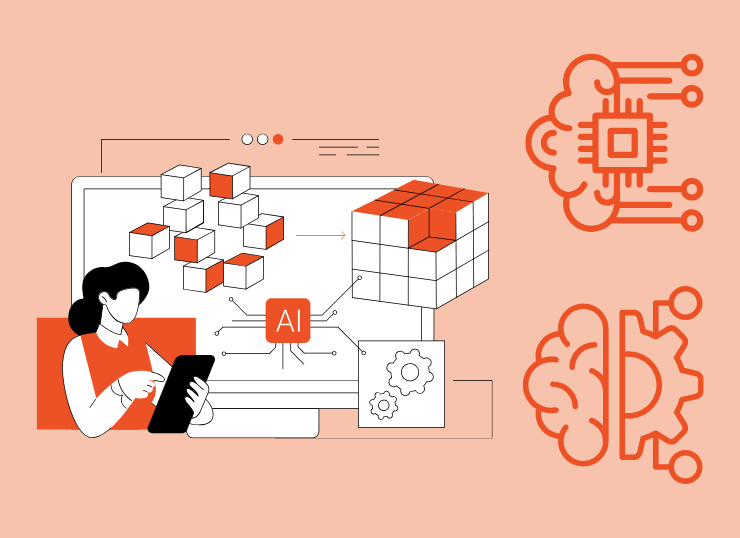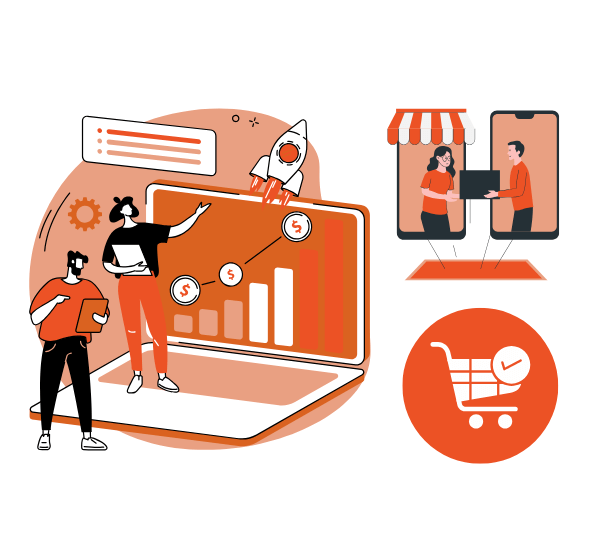Self-Healing AI: Can Neural Networks Really Fix Themselves?
Artificial Intelligence (AI) has become the backbone of the modern digital age. From healthcare and autonomous vehicles to cybersecurity and finance, AI-driven neural networks are powering some of the most critical technologies. But as powerful as they are, they are not immune to errors.
This brings us to one of the most futuristic and fascinating concepts in AI research: Self-Healing AI. Imagine a world where AI doesn’t just perform tasks but also repairs itself when something goes wrong just like a living organism healing from an injury. But is this concept realistic, or is it just science fiction?
In this article, we’ll explore what self-healing AI really means, how neural networks might be able to fix themselves, and the challenges researchers face in making this a reality.

Ready to Stand Out Locally? Let Our Expert SEO Team Catapult Your Business to the Top!
Tap into the vast local market potential and expand your reach effortlessly with our comprehensive local SEO strategies, driving measurable results for your business.
What is Self-Healing AI?
Self-healing AI refers to the development of machine learning models and neural networks that can automatically detect when they are failing and take corrective action without human intervention.
The idea takes inspiration from biology just as human skin heals after a cut, or a lizard regrows its tail, an AI system would detect an anomaly, diagnose the problem, and repair or retrain itself to maintain performance.
In technical terms, it involves real-time monitoring, adaptive retraining, redundancy in architecture, and meta-learning so that neural networks can remain accurate, reliable, and resilient.
Why Do Neural Networks Need Self-Healing?
AI systems, particularly deep learning models, are highly effective but also fragile. Neural networks face several common problems that make self-healing capabilities attractive:
- Data Drift: Data in the real world changes constantly. A model trained on last year’s data may not perform well today.
- Model Degradation: Over time, parameters and weights in a model can become outdated, reducing prediction accuracy.
- Hardware and Software Failures: Malfunctions in GPUs, memory, or network infrastructure can lead to broken models.
- Security Threats: AI systems can be targeted by adversarial attacks, where small manipulations in data cause incorrect predictions.
In fields like autonomous driving, financial fraud detection, and medical diagnostics, even a small error can lead to catastrophic outcomes. Self-healing neural networks could reduce risks and make AI truly dependable.
How Could Self-Healing Neural Networks Work?
Researchers are experimenting with several strategies to build resilience into neural networks. Here are some of the leading approaches:
1. Automated Retraining
Neural networks could be designed to continuously retrain themselves using real-time data streams. For example, a fraud detection AI at a bank could detect new fraud patterns and instantly update its algorithms.
2. Error Detection Algorithms
AI systems could incorporate diagnostic sub-networks that monitor predictions. If the confidence score falls below a threshold or diverges from expected patterns, the AI would recognise it as being ‘sick” and seek to correct itself.
3. Redundancy Layers
Inspired by the human brain, researchers propose backup neural pathways that activate when the main pathway fails. In practice, this means multiple models running in parallel, where one takes over if another becomes unreliable.
4. Meta-Learning (AI That Learns to Learn)
Self-healing could rely on meta-learning, where AI systems not only learn tasks but also learn how to improve their learning process. This means neural networks could dynamically reconfigure themselves in real time.
5. Federated Learning
In distributed systems like autonomous cars or IoT devices, each AI model could learn from its local environment. When one model “heals” itself, the updated version is shared across the network, improving resilience for all.
Real-World Examples of Self-Healing AI in Action
Though still emerging, early forms of self-healing AI are already being tested in various industries:
- Google AI (DeepMind): Google’s deep learning systems constantly retrain on massive datasets. They have self-monitoring processes that detect when accuracy falls, triggering updates automatically.
- Tesla Autopilot: Tesla’s autonomous driving AI continuously collects data from millions of cars. If an error occurs in one scenario, the system learns from it and updates across the fleet.
- Cybersecurity AI: Companies like Darktrace use AI that detects anomalies in network traffic. When a cyberattack is detected, the system automatically takes corrective action essentially “healing” from the attack in real time.
- Healthcare AI: Medical imaging models are being designed to retrain as they encounter new disease patterns, improving diagnostic accuracy without constant human reprogramming.
These are early steps, but they show that self-healing capabilities are moving from concept to reality.
Challenges and Limitations of Self-Healing AI
While the idea is exciting, building fully autonomous self-healing AI faces several roadblocks:
- Technical Complexity: Creating AI that can detect and correct its own errors is extremely challenging.
- Energy and Cost: Continuous retraining requires enormous computing power, which is not always feasible.
- Bias Reinforcement: If AI retrains itself on biased data, it might reinforce existing flaws rather than fixing them.
- Ethical Concerns: Do we trust AI systems to make self-corrections without human oversight?
- Security Risks: A “self-healing” AI could potentially be manipulated to “heal” in the wrong direction if hacked.
For now, human oversight remains crucial in keeping AI systems safe, reliable, and aligned with ethical standards.
The Future of Self-Healing Neural Networks
Despite the challenges, the future of self-healing AI is bright. As deep learning continues to advance, we may see AI systems that require less manual intervention and become more adaptive to real-world changes.
- In healthcare, self-healing AI could ensure constant improvement in detecting diseases.
- In finance, fraud detection systems could automatically evolve to outpace criminals.
- In transportation, autonomous vehicles could adapt instantly to unpredictable road conditions.
- In cybersecurity, AI could autonomously fight back against attacks, closing vulnerabilities without human involvement.
Eventually, self-healing could bring us closer to Artificial General Intelligence (AGI) AI with the ability to learn, adapt, and operate independently at a human-like level of resilience.

Looking for Effective Ways to Improve Your Online Visibility? Explore Our SEO Questionnaire for Instant Results!
Stay ahead of the competition and gain a competitive edge with our cutting-edge SEO techniques.
Free SEO Audit from Gandhi Technoweb Solutions
Just like AI systems require regular monitoring and self-healing to stay accurate, your website also needs continuous optimization to perform well in search results. At Gandhi Technoweb Solutions, we provide a Free SEO Audit to help businesses identify hidden issues and opportunities for growth. Our audit highlights critical areas such as missing keywords, technical SEO errors, page speed concerns, and content gaps that may be holding your website back. By uncovering these challenges, we give you a clear roadmap to strengthen your online presence and achieve higher search visibility. Request your free SEO audit today and let our expert team ensure your website stays competitive in the ever-changing digital landscape.









